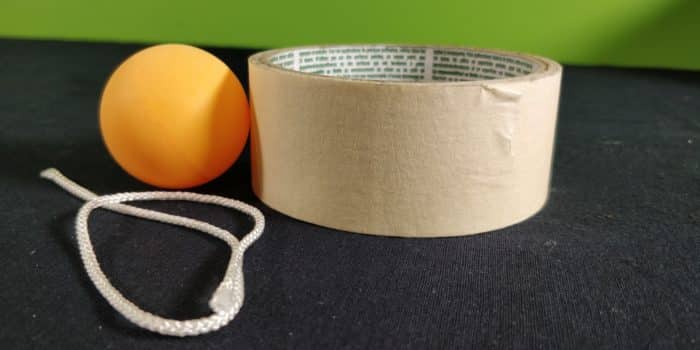
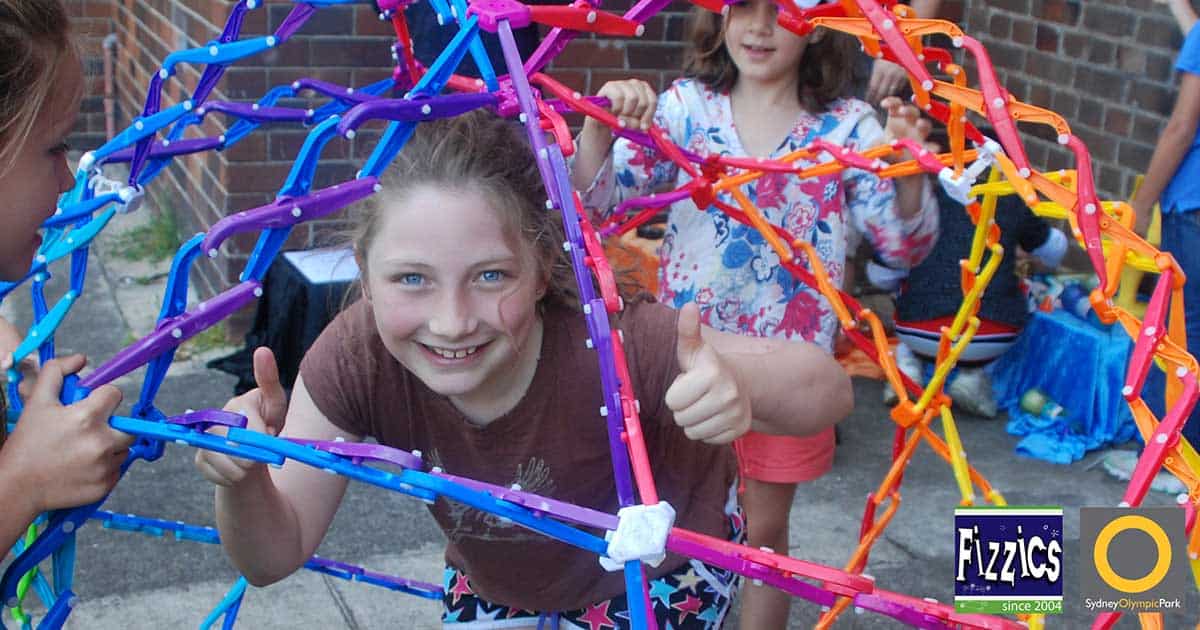
School science visits since 2004!
– Curriculum-linked & award-winning incursions.
– Over 40 primary & high school programs to choose from.
– Designed by experienced educators.
– Over 2 million students reached.
– Face to face incursions & online programs available.
– Early learning centre visits too!
Why Does This Happen
A mathematician called Bernoulli found that areas where fast moving fluids are present have a lower pressure than the surrounding environment. Furthermore, he found that water running over a curved surface of also exhibits the same low pressure, the faster the water the lower the pressure.
So, why did the ball move toward the water stream? Fluids (and air) want to move from high-pressure areas into low-pressure areas. You created a situation where the wet side of the ball had lower pressure compared to the dry side of the ball. The high air pressure on the dry side of the ball pushed the ball into the low-pressure water stream.
Variables to test
- Try the same experiment with the ping pong ball suspended near a fan or hairdryer.
- Vary the speed of the water stream. Does this make a difference?
- Setup the same experiment with larger balls. Can you see the same effect?
- What happens if you suspend a cube-shaped block instead?
- Teaching about air pressure? Check out the Flight or Weather show!
- Teaching about Newton’s laws? Check out the Forces, Friction & Movement workshop!
Get in touch with FizzicsEd to find out how we can work with your class.
Learn more about air pressure!
Get the 60-minute video + PDFs + curriculum links for your class here!
Forces, Friction & Movement
Years K to 6
Maximum 30 students
School workshop
60 or 90 minutes
Online Class Available
STEM Full Day Accelerator - Primary
Designed from real classroom experiences, this modular day helps you create consistently effective science learning that directly address the new curriculum with easily accessible and cost-effective materials.
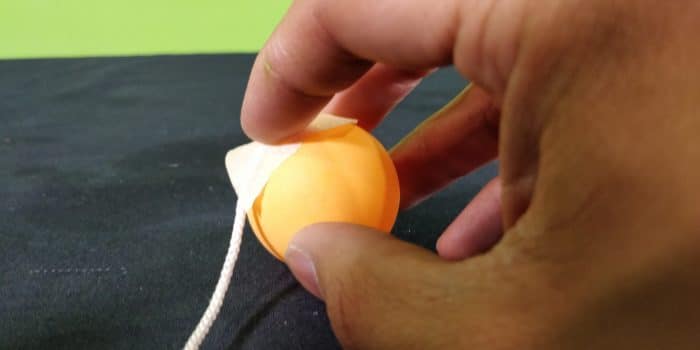
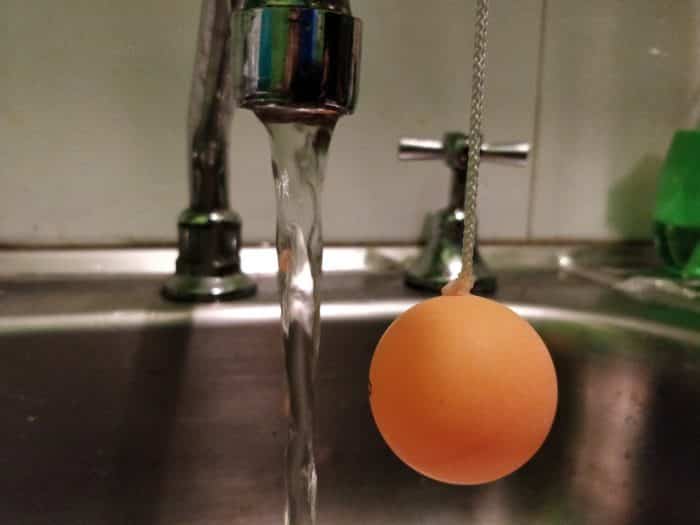
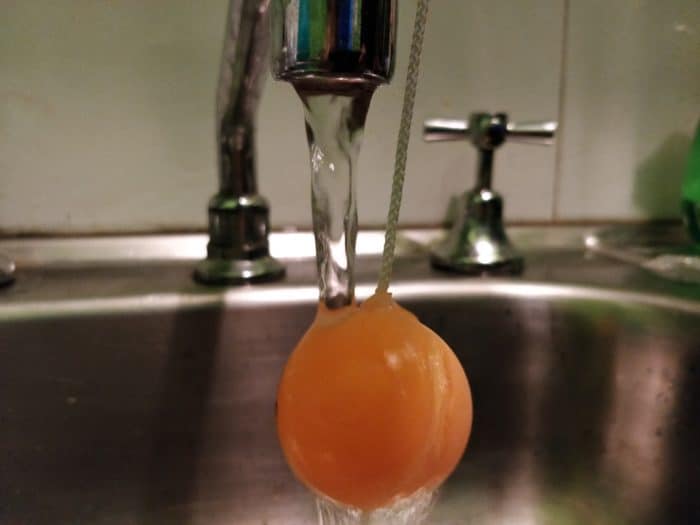
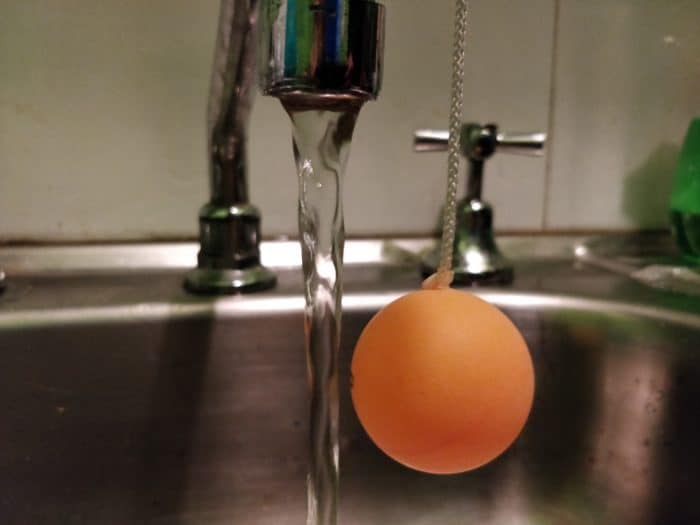
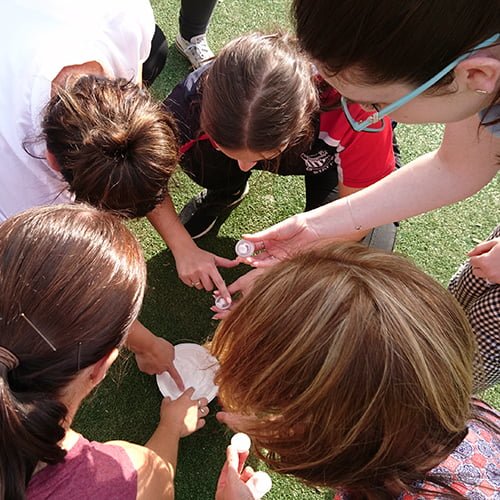
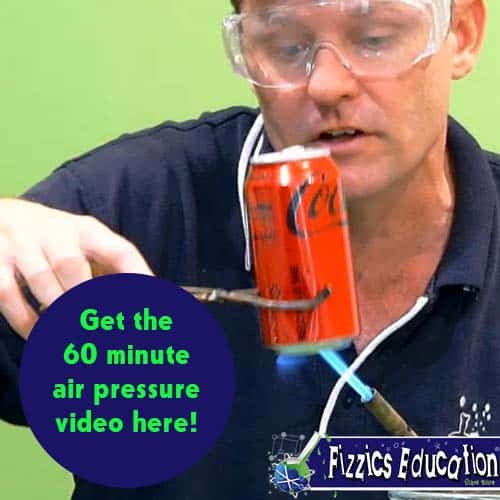
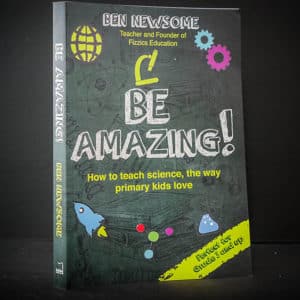



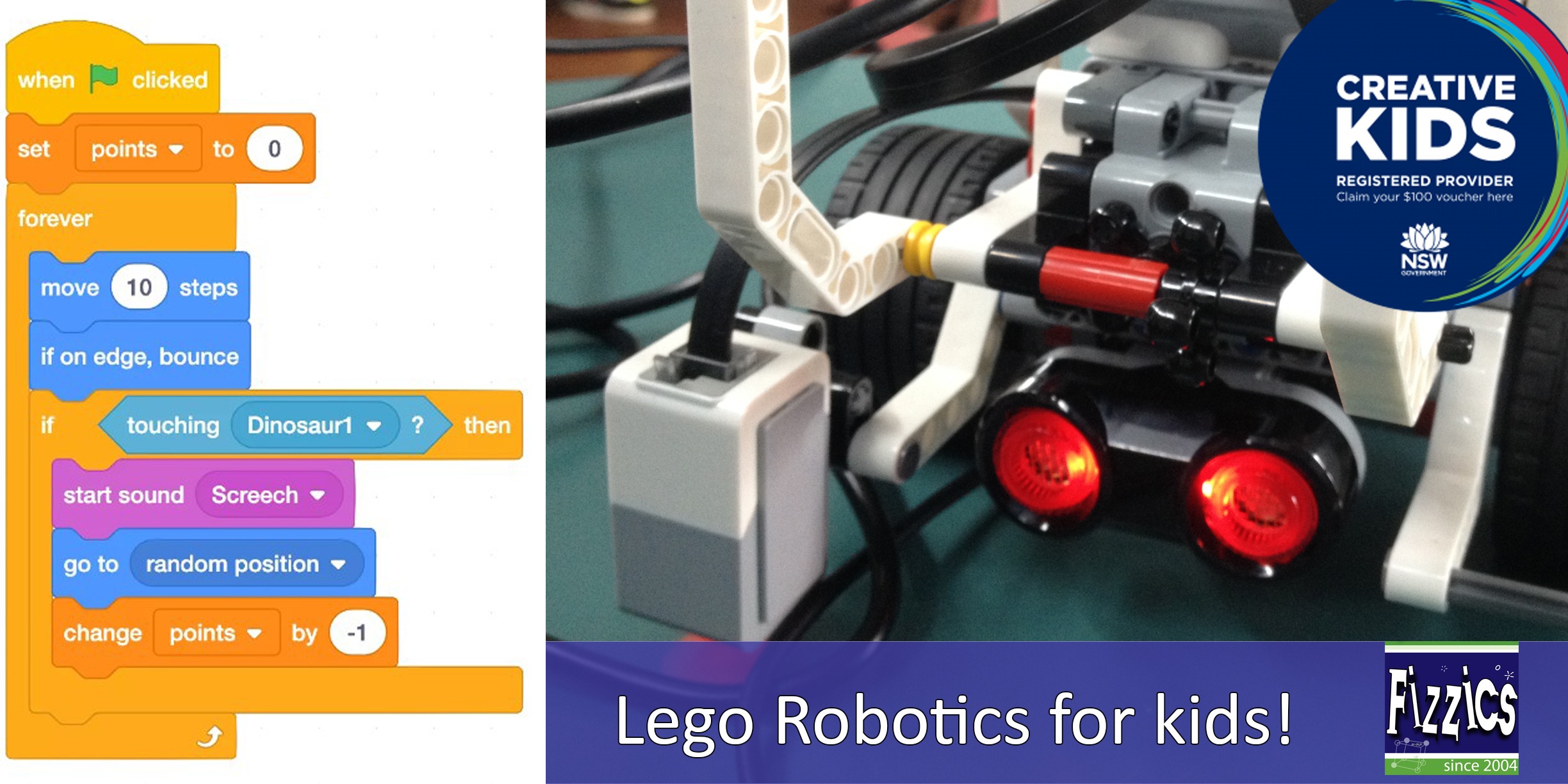
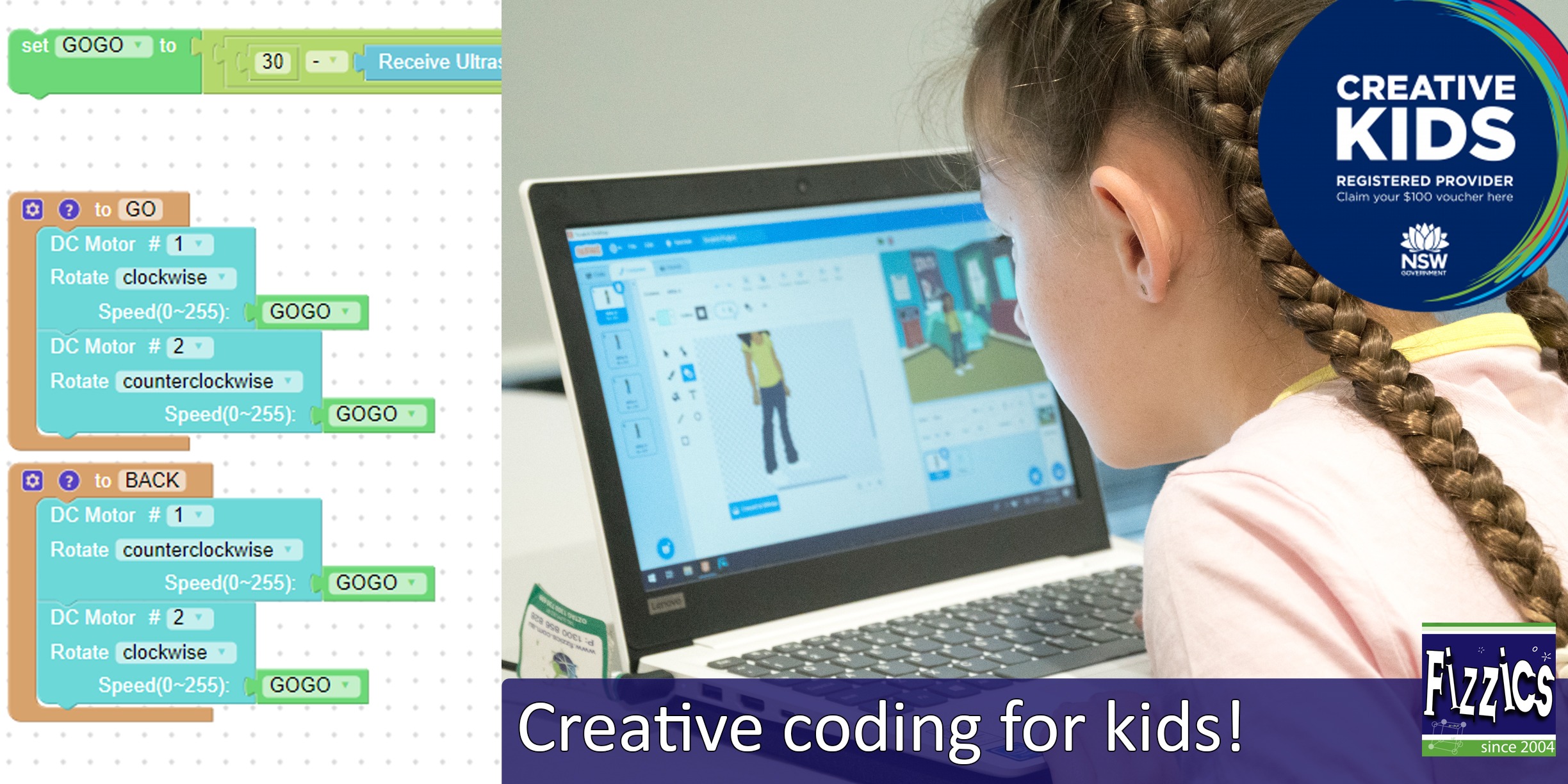
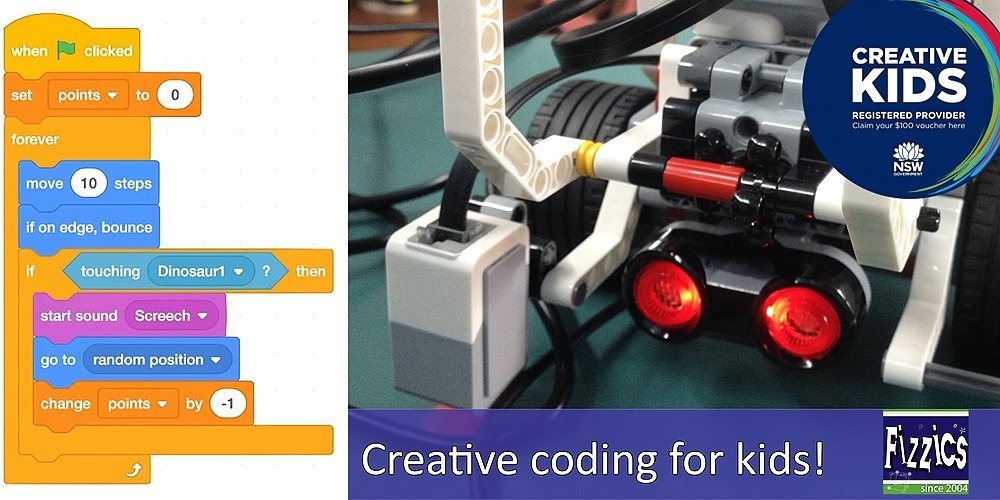



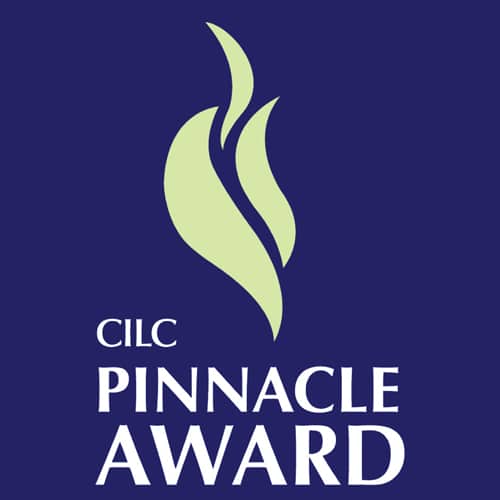

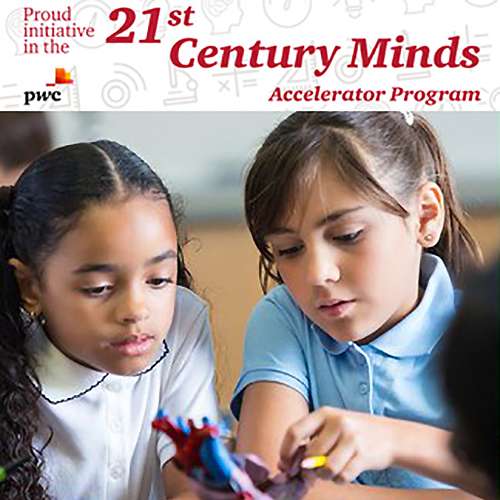







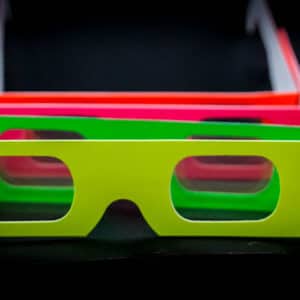



Comments